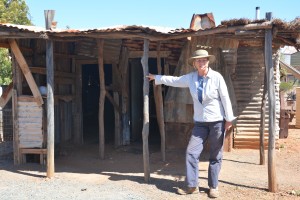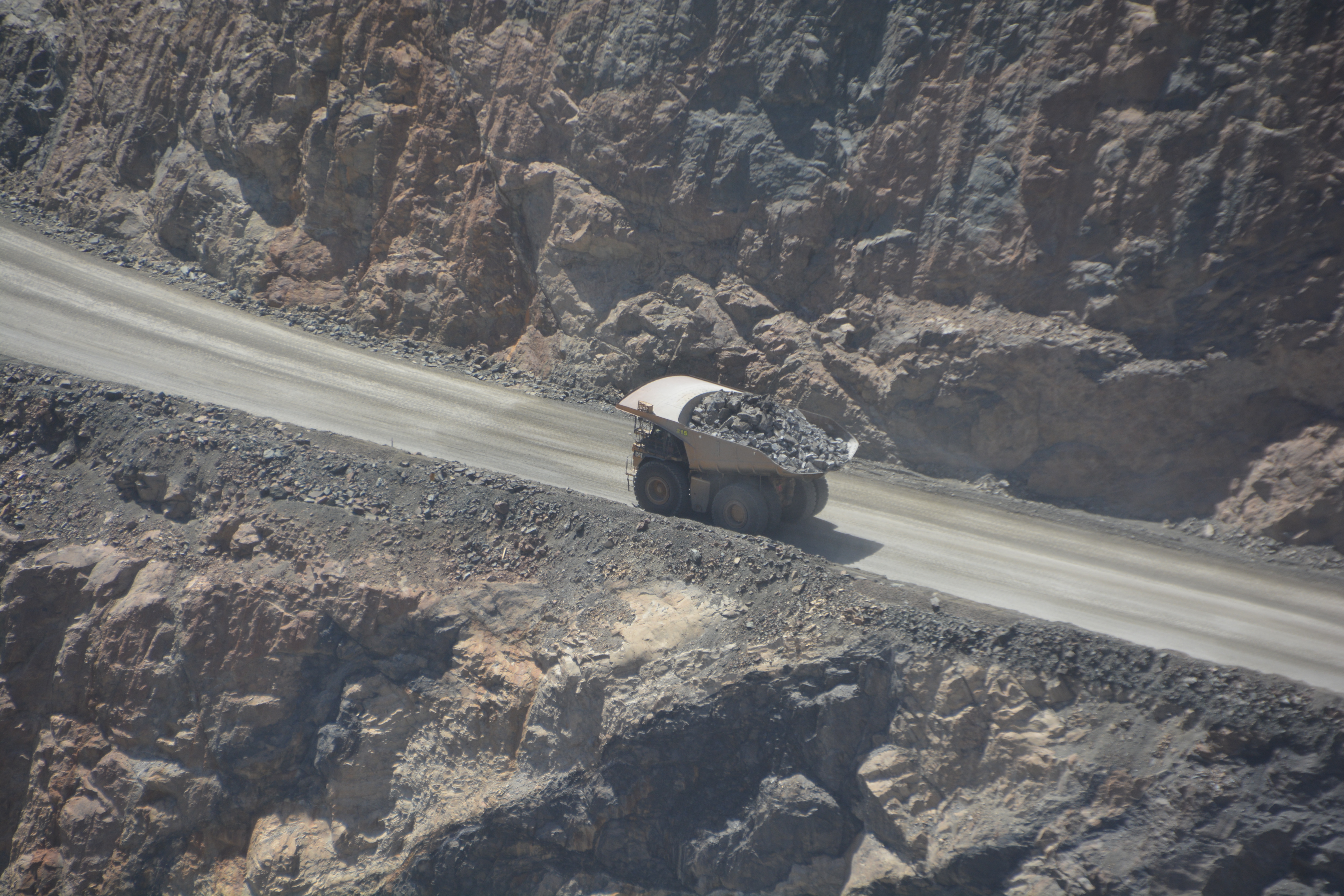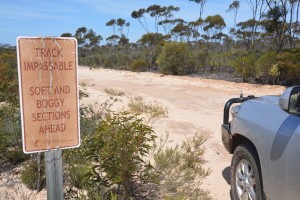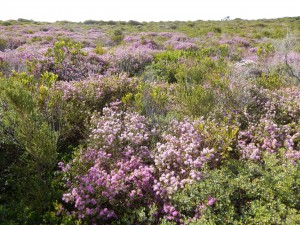Gold in them thar hills
We had a plan, more or less, to leave Perth after the mighty Cruiser passed its 20,000 kilometre check, and turn east back towards Sydney. That’s nothing less than a drive of about 5,000 kilometres, give or take, with a lot to see along the way. We calculated we had about 14 days to cover this ground and pack in as much as we possibly could. And despite all these variables the only thing we could think about was gold.
East of Perth, beyond the Perth Hills, stretches the Western Australia wheat belt, beautiful tall and tinting toward golden brown wheat, covering rolling hill after flat endless plain, an amazing sight. This was a particularly amazing scene for us because for the last two and more months we had seen almost no serious agriculture and very little productive land of any sort, save the odd dusty grazing station. And yet here before us on all sides and as far as we could see, wheat covered the land.
Closer to us, and more relevant for our next destination, was a large pipe almost a metre in diameter that ran parallel to the road, up and down as the land might take it, side by side with us. This pipe is a major historical and engineering phenomenon for Western Australia and like most people we were amazed by its scope and impact on the region. Because it’s all about gold.
In the late 1880’s gold was discovered in the distant hills far east of Perth around what is now the town of Southern Cross and later, the more famous nearby town of Kalgoorlie. Over the next couple of years the rush to find gold was on as thousands of people descended on this hot and dusty land. But as these towns grew and fortunes were won and lost the item almost as precious as gold was water. And so the state government commissioned the construction of a pipeline that would carry water from reservoirs near Perth over 550 kilometres to the thirsty gold fields. It was said at the time it could not be done but in 1903 the taps were turned on and ever since these towns have been supplied by the same pipeline, now appropriately called the Golden Pipeline. In fact, since then the line has been extended to other mining towns and nearby communities, showing its enduring value.
We spent a fascinating few hours in Kalgoorlie and wished we could afford more. The highlight of the visit was a trip up to the top of the nearby slag which overlooks the town on the one side and looks down into what is locally called the Super Pit on the other. The Super Pit is a gigantic hole a couple of kilometres long and almost 500 metres deep which is still actively and profitably mining gold for its owners. In essence, daily explosions loosen the rock, giant shovels load giant trucks who slowly carry the rock to the surface to begin a journey through a series of extraction processes until finally an amount of gold is the result. But it all starts in the Super Pit which has justifiably earned its name.

Julie checking out an old mining hut at a local museum, part of Kalgoorlie rich and colourful history
After a visit to the local museum and various other places, including the main street which has numerous old historic buildings, we reluctantly pushed south to another mining town called Norseman, which unfortunately lacked any of the colour or history or character of Kalgoorlie. The wheat fields east of Perth two days ago had been replaced by endless woodland scrub of no apparent redeeming value that seemed to go on forever but made finding a bush campsite that night very easy. The next day we ventured further south along a dirt track to one of the many little surprises of our journey, carrying the awkward name of Peak Charles National Park.
Peak Charles National Park is a low profile little gem for intrepid four wheel drivers. We travelled through the scrub until looming ahead of us was a huge granite domed mountain with a smaller one behind it, rising up amongst the flat woodland scrub almost like a giant geologic mistake. When we arrived at the brand new camp site and car park there was no one in sight, another national park all to ourselves. We followed the trail about two-thirds up to the top of the peak, a hearty climb through the bush and up onto the rock. We turned around when the trail and the technical climb got harder but we loved the views of the bush below us, the series of dried salt lakes that were scattered amongst it and the endless view from this huge singular granite mountain. Again, another place that
deserved more time.
From here we followed a track south out of the park which had a clear sign saying that it was impassable (as if such a warning would stop us!) and after a beautiful drive along a somewhat boggy and challenging track popped out into more wheat fields. It seems that farmers in years past have been able to carve fields from the endless scrub that dominates the land and grow wheat and hay where once there was gum, mallee, mulga and spinifex. It was very impressive and another example of man vs. bush.
And the wildflowers! Spring had sprung in WA and this region is famous for its colourful flowers growing along the side of the road, between the fields, in gardens, on hillsides, everywhere. Julie had a wild time photographing the flowers and they added a very colourful and beautiful touch to the countryside.
From here we ventured to the southern coast and another type of adventure awaited us but we enjoyed our brief visit to the gold fields and the woodland scrub area of eastern Western Australia.










